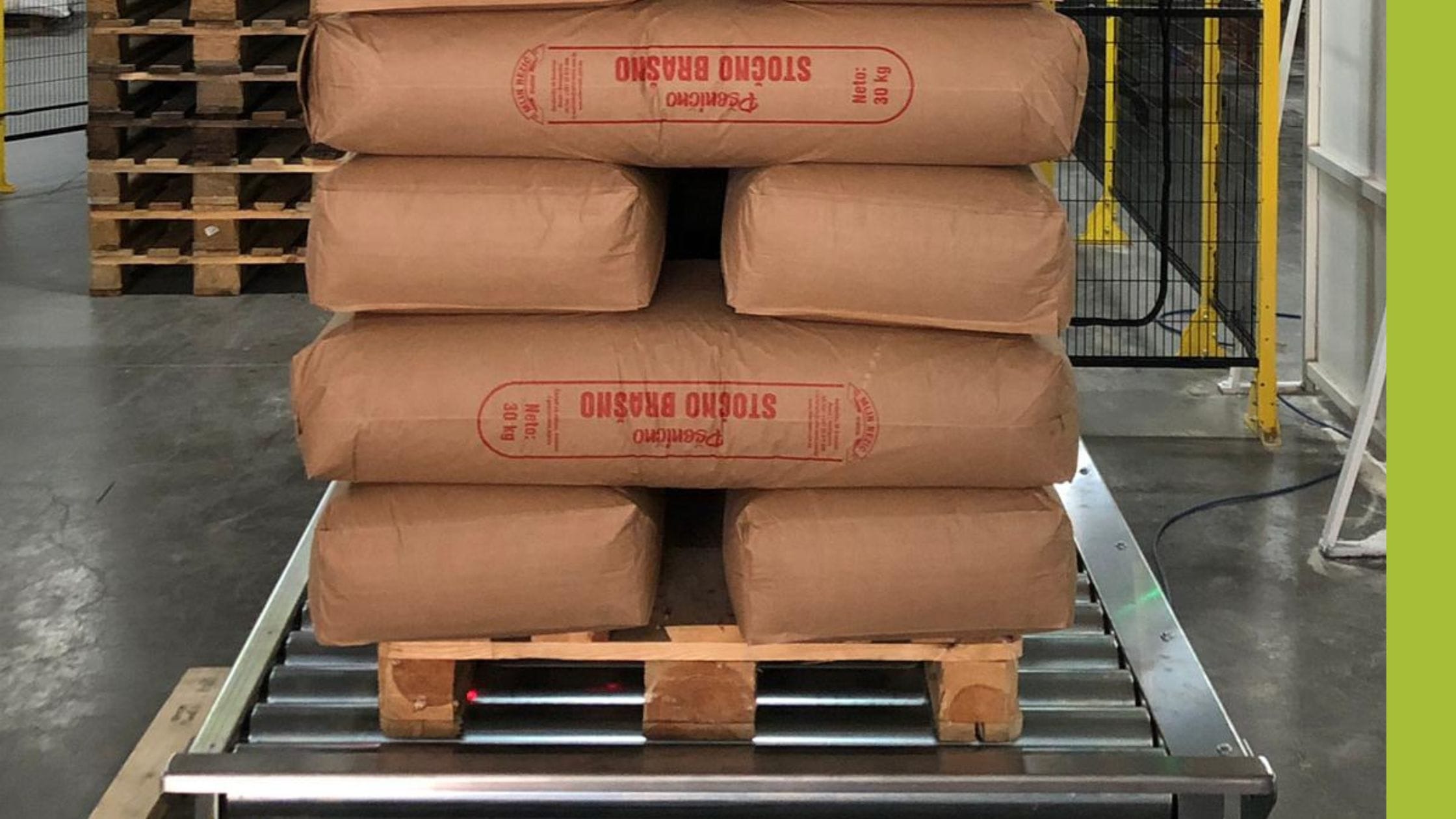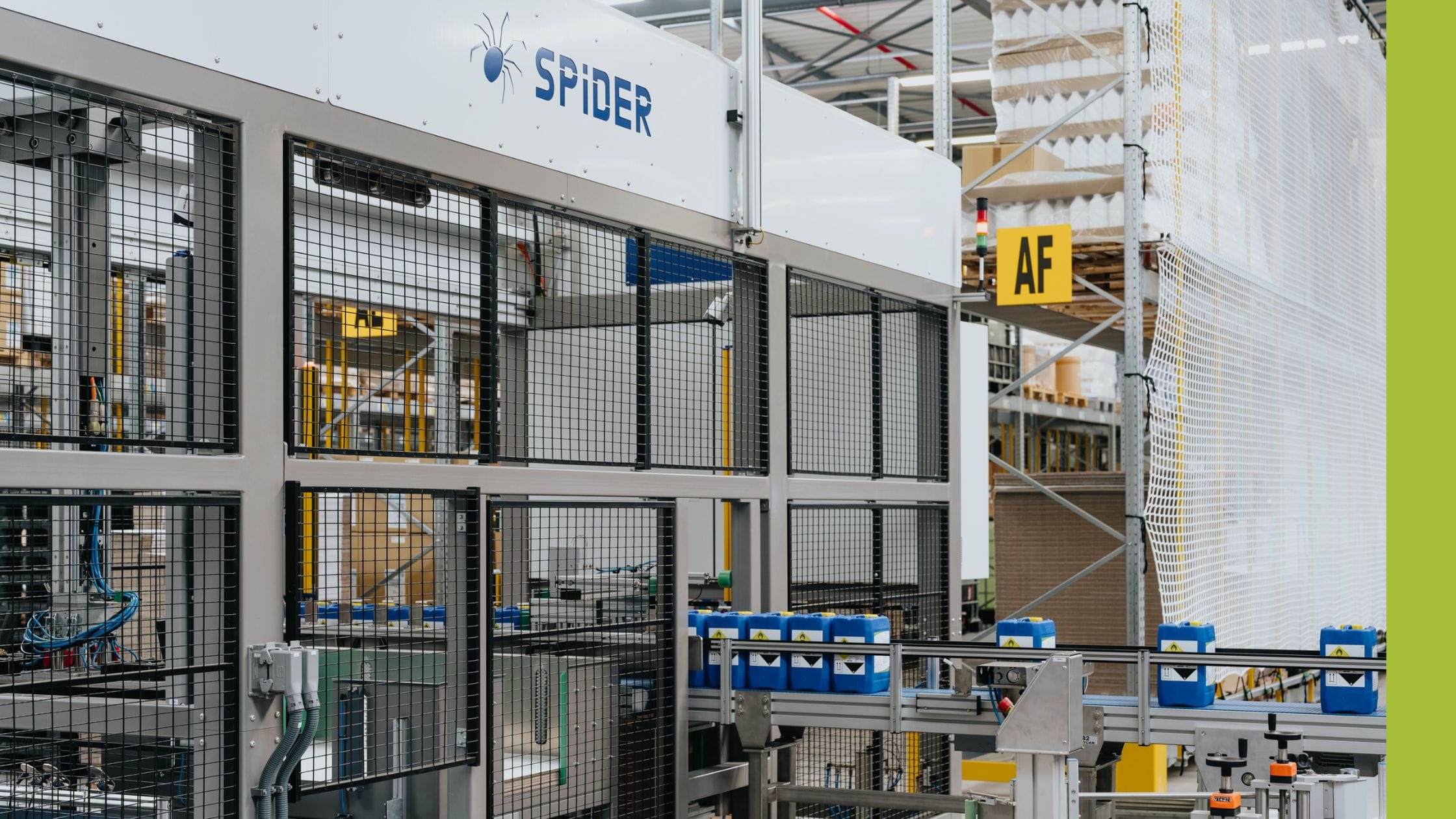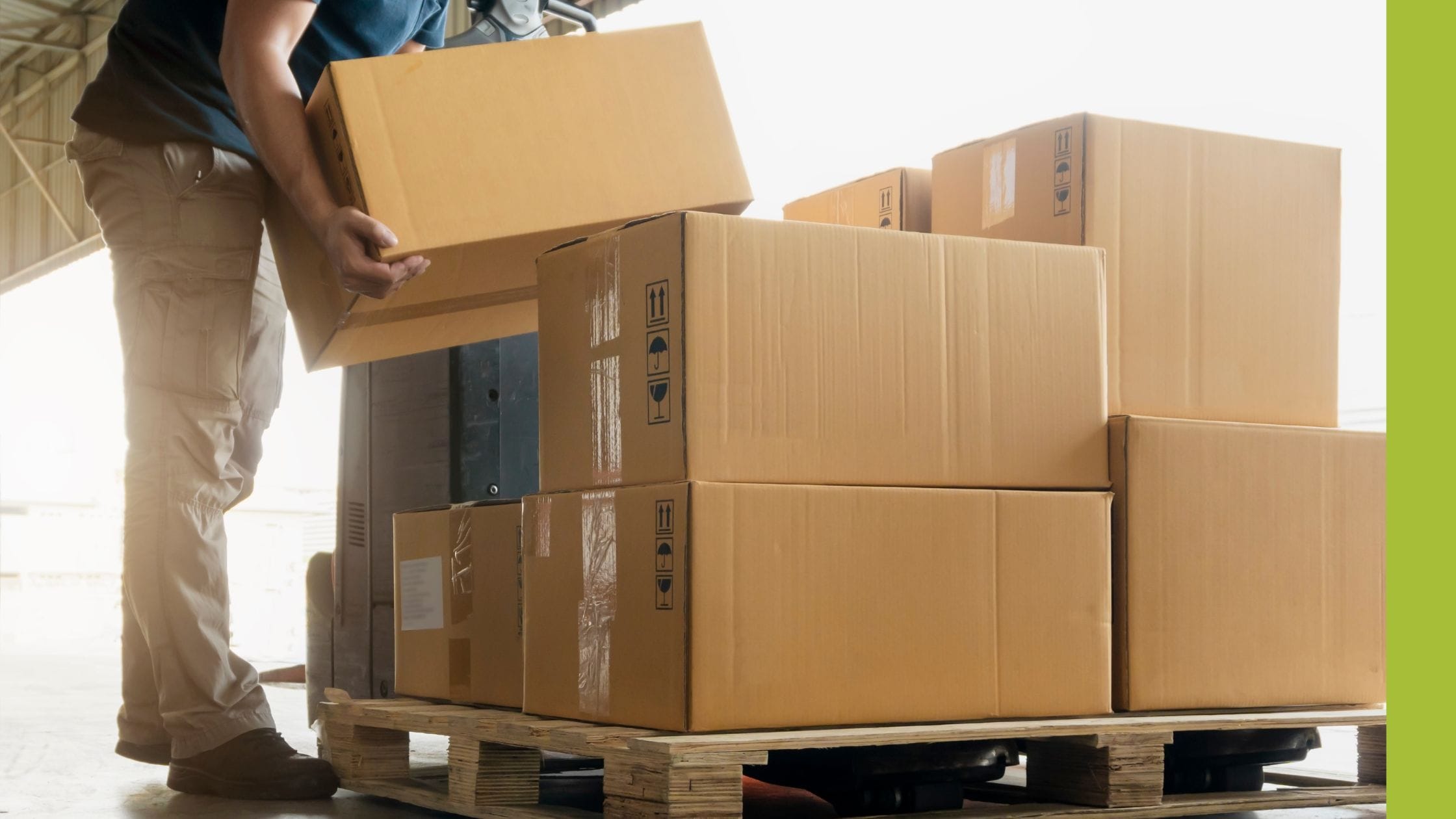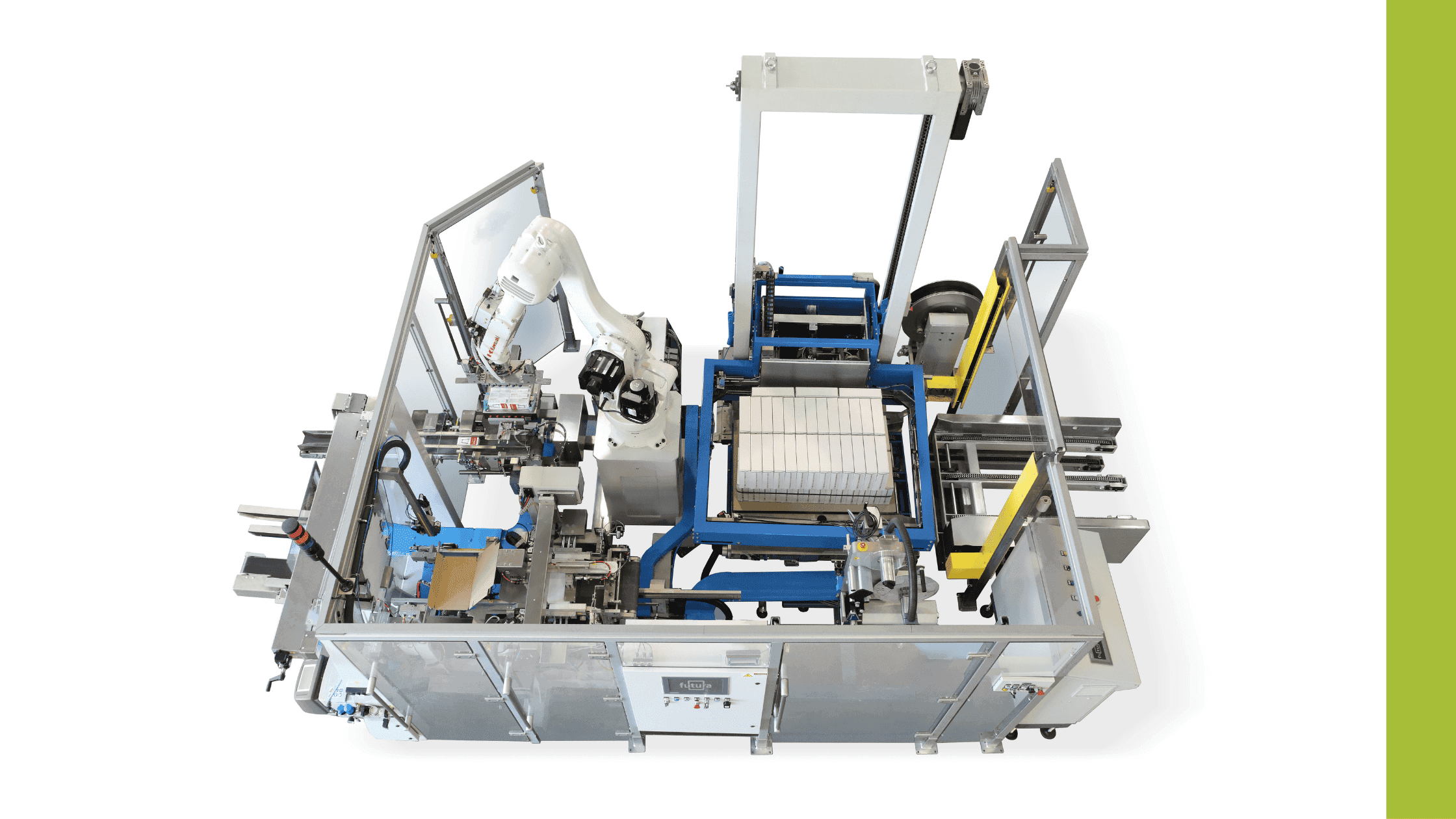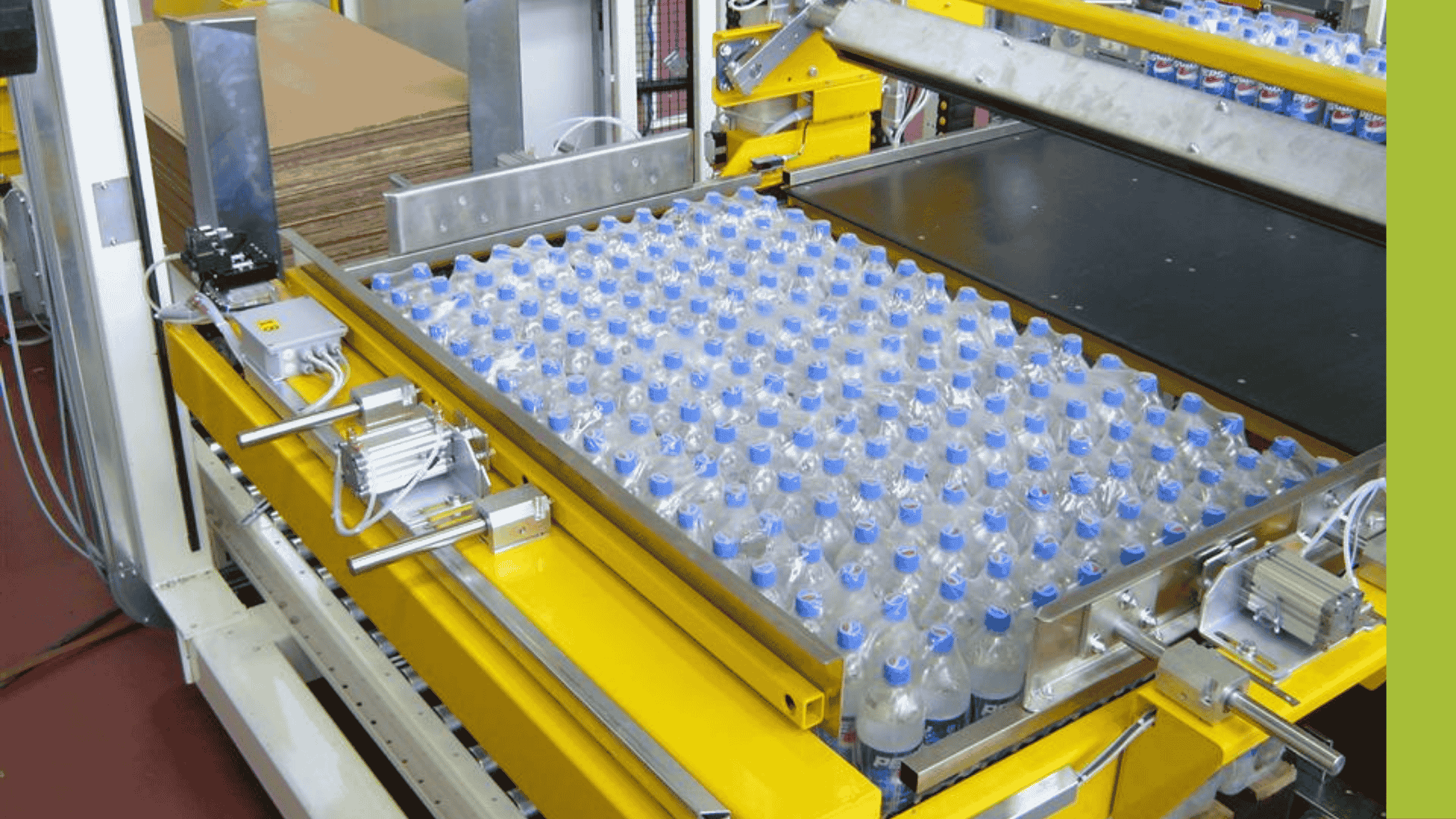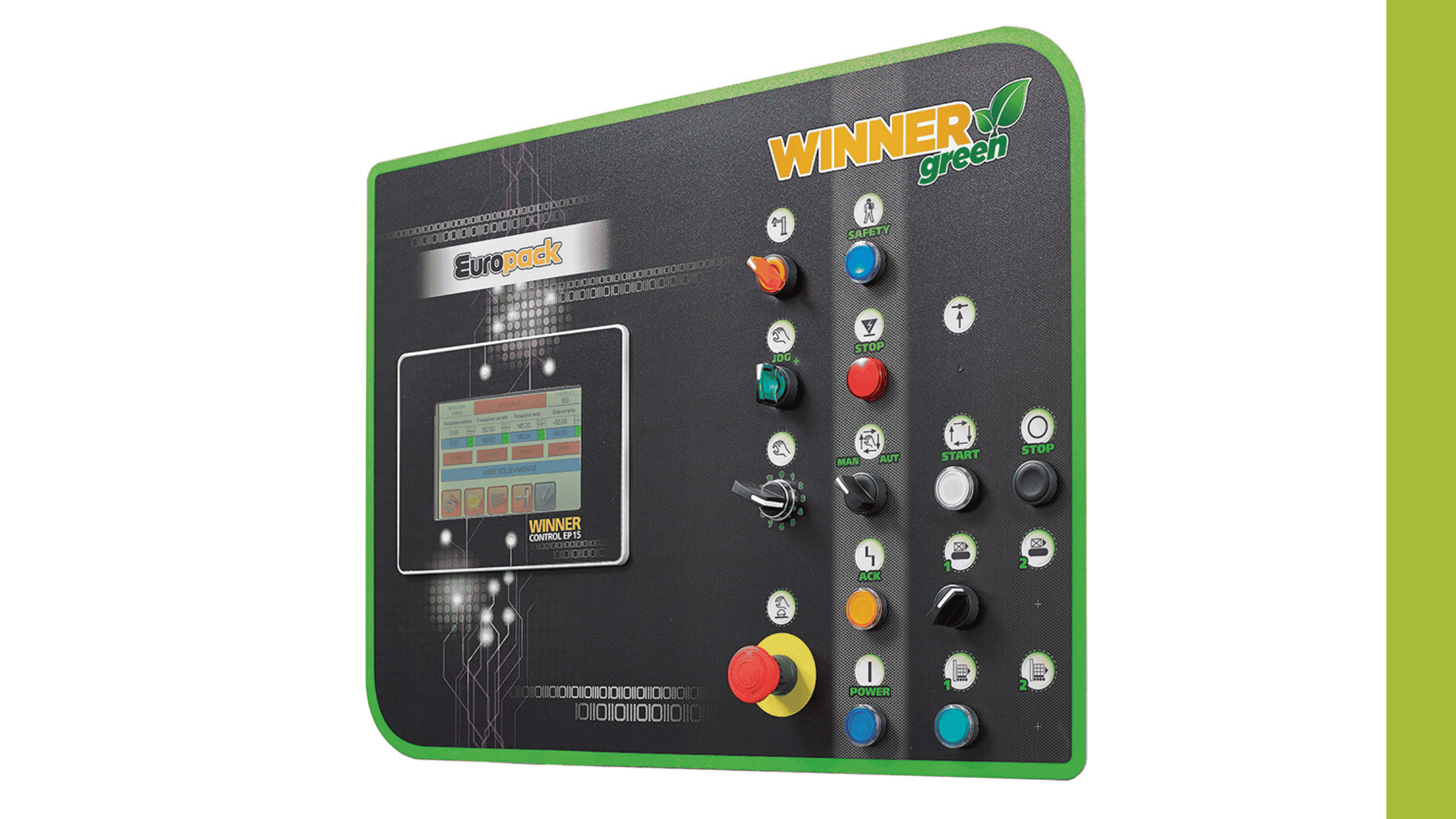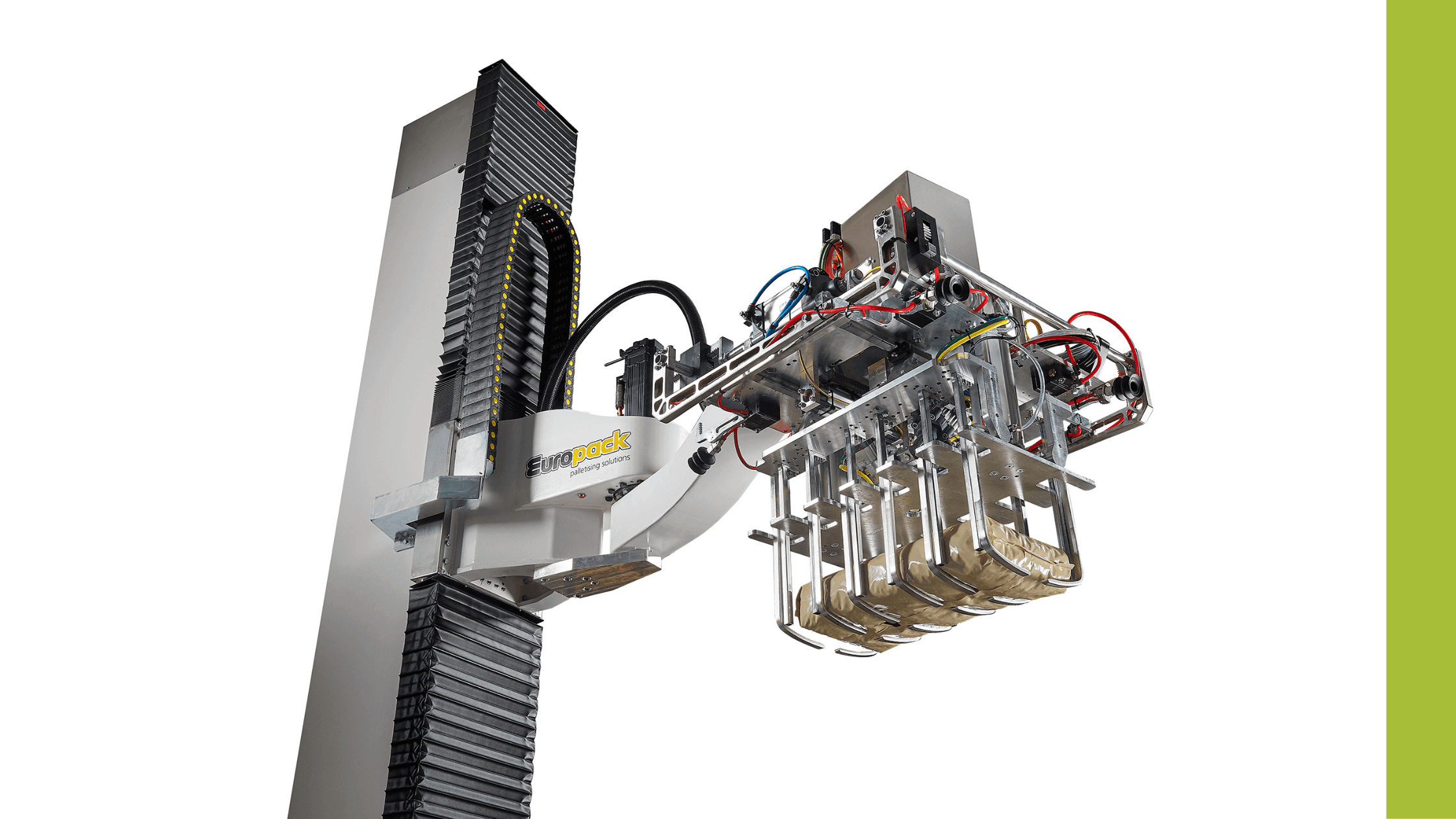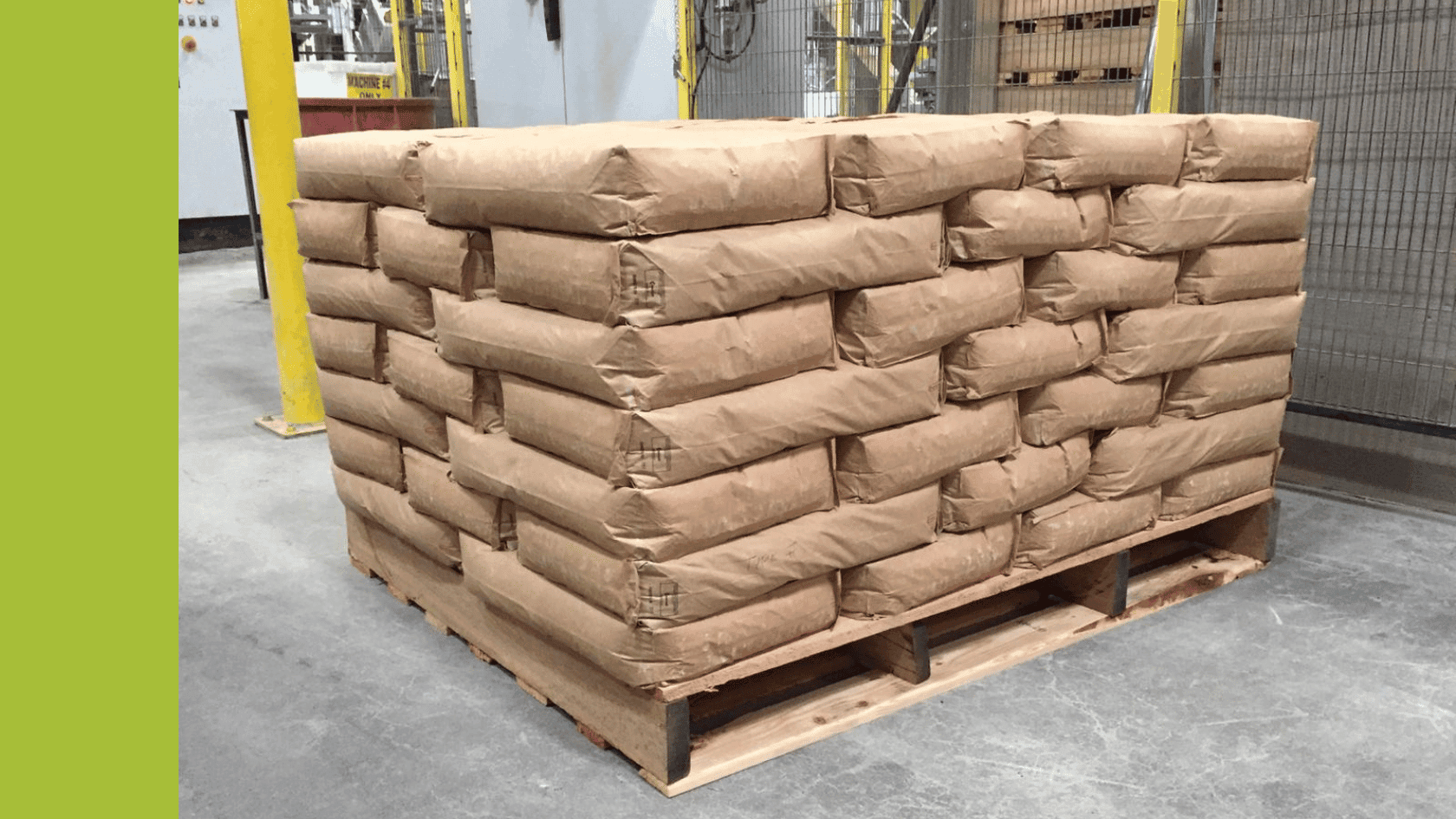Maximising pallet stability: 5 techniques for optimal load securing
Ensuring pallet stability is a vital part of safe and efficient shipping and logistics. Goods that are properly secured are less likely to fall or get damaged, which in turn reduces the likelihood of delays or increased costs. Therefore, maintaining proper pallet stability is crucial for manufacturers, especially for those involved in high-volume shipping. In this blog, we share best practices for securing a stable load and explain why investing in automation can help deliver consistency every time.

